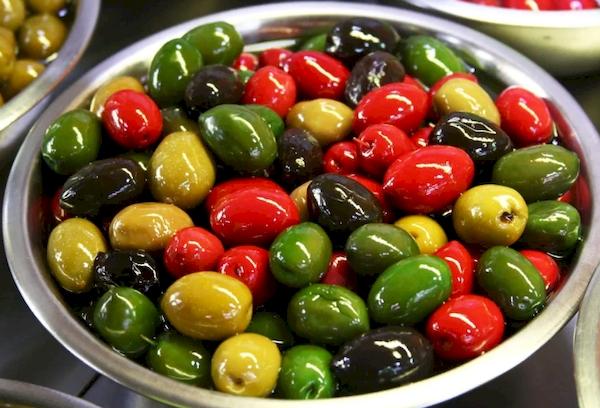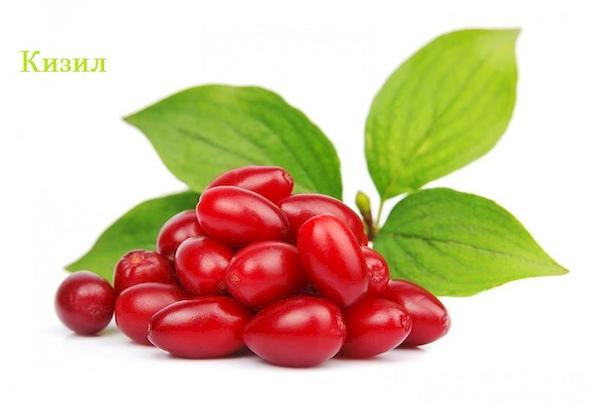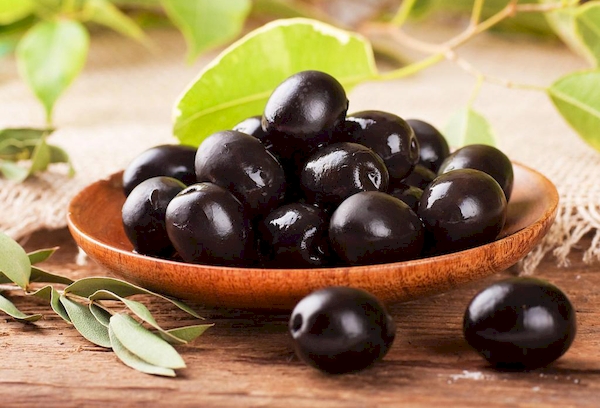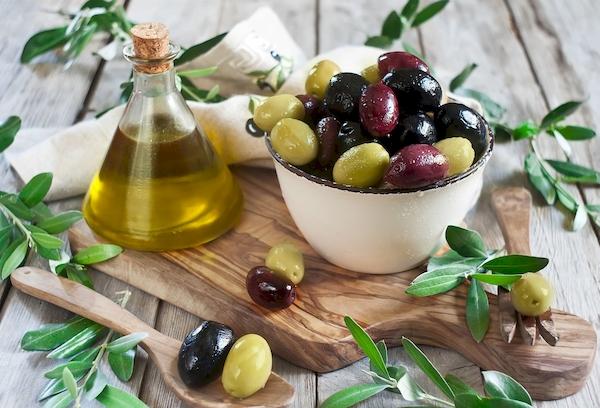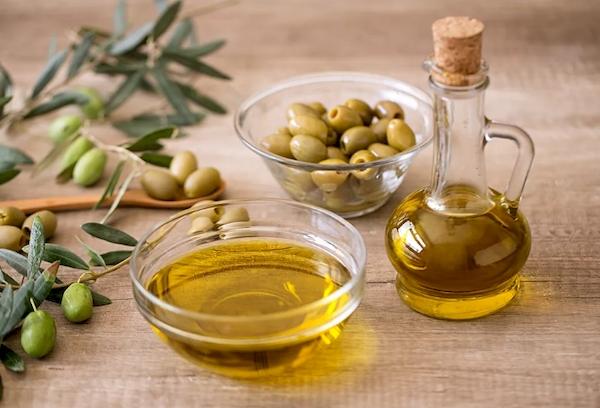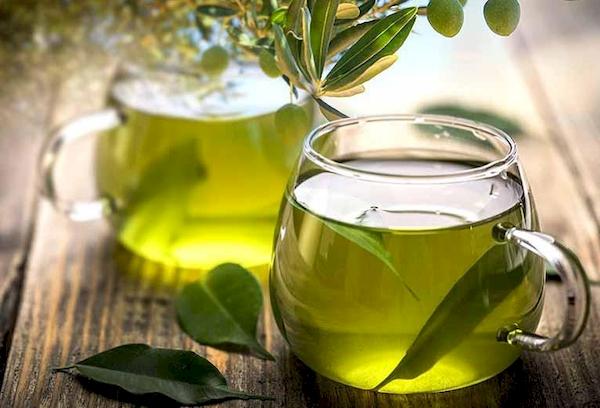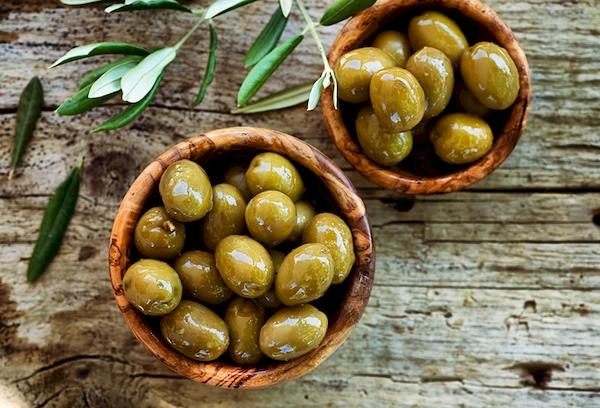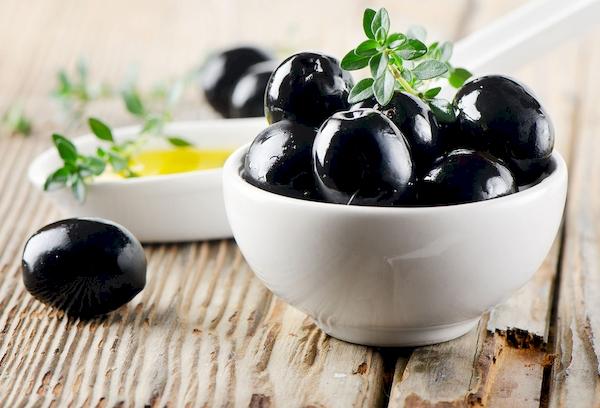What is the difference between black olives and olives and is there a difference between dark and light fruits?
Content:
In domestic stores you can find fruits identical in shape and taste, which differ only in color and name. In this regard, consumers have a question - which is better, black olives or black olives, and what is the difference between them. To get the answer, just refer to the botanical description of the plant and consider the technology of canning.
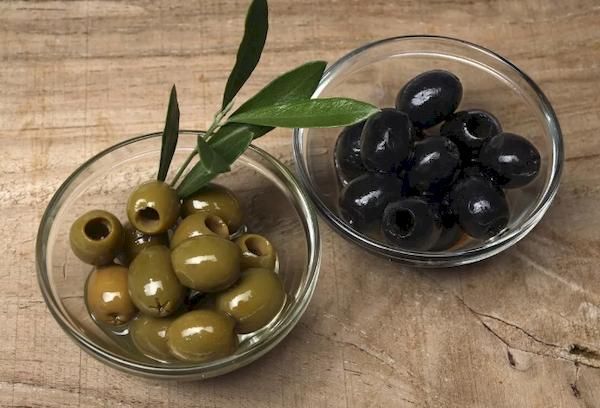
Is there a difference between olives and olives
Olives and olives are the fruits of the same oil plant - the olive, known since ancient times. Grows in temperate and tropical climates. Widely distributed in southern Asia and Europe, Africa, Australia, and warm regions of America. In Russia, olives are grown in Crimea, Gelendzhik, Tuapse and Sochi. This culture is no longer found in the wild.
The olive is an evergreen shrub or tree with long, gnarled branches. The trunk is covered with rough gray bark. The leaf blades are gray-green, with a silvery tint. The fruits are elongated, regular oval in shape and small in size - from 7 to 40 mm. They ripen 4-5 months after the start of flowering.The harvest takes place from September to December, in some regions it lasts until January.
But if olives and black olives are the same thing, why are they called differently? Moreover, dark fruits are more often called olives, and light olives. In fact, both options are unique to the Russian language. In other countries, only one name is known - olive. And depending on the shade, a clarification is added to the name of the plant, “black”/“dark” or “green”.
Why is the color of the fruit different?
The color of olives depends on the type of tree (shrub), stage of maturity and region of growth. The shade can vary from light green to deep purple. There are yellowish, pink, brown and chestnut fruits. But olives are not blue-black; they acquire this color as a result of special processing.
Fresh olives are not suitable for food, because they are very bitter and are often harvested when unripe. At the preparatory stage, the fruits are soaked in a special solution, due to which the unpleasant aftertaste goes away, and green olives acquire a light, beautiful “yellowishness” and salty notes.
And to obtain a dark color, olives are additionally saturated with oxygen and iron gluconate. After this treatment, they become jet black, with a glossy purple tint.
Berries or fruits?
Disputes often arise between consumers as to whether an olive is a berry or a fruit. The first version is supported by the fact that these fruits have seeds. And the second is based on the fact that olives grow mainly on trees.
In fact, they are neither one nor the other. Berries, fruits and vegetables are just trade names for the fruits of flowering plants that contain seeds.They are divided into 2 categories: juicy (drupes and berries) and dry (nuts, pods, boxes, etc.).
Olives are a type of succulent drupe. They are characterized by thick skin, elastic flesh and a hard stone. According to the characteristics of the fruit, the closest “relative” of this oilseed crop is dogwood.
Nutritional value and beneficial properties
Olives are a source of a number of beneficial substances. They are rich in fats; depending on the varietal of the fruit, the oil yield is 50-80%.
Olives also enrich the body with the following types of components:
- proteins;
- pectins;
- sugars;
- catechins;
- phenolcarboxylic acids;
- potassium, phosphorus and iron;
- vitamins of groups B, C, E.
The substances present in olives have a beneficial effect on many organs and systems. They are helping:
- reduce the risk of cardiovascular diseases;
- normalize blood circulation and metabolic processes;
- improve digestion;
- support the functioning of the nervous and genitourinary systems;
- stop inflammatory processes.
The calorie content of olives is 115 Kcal per 100 g of product. The content of proteins, fats and carbohydrates is 0.8/10.7/6.3 g, respectively.
Use in cooking
There are more than 200 varieties of olives, bred through selective breeding. The fruits differ in color, size and taste.
Conventionally, this diversity can be divided into 3 groups:
- oilseeds, high in oils;
- canteens (canning), characterized by an abundance of pulp;
- universal, combining the qualities of the previous types.
Oilseed species are used to produce olive oil. Even without the use of preservatives, it remains suitable for consumption for a long time.It is used both for cooking food and as a dressing for cold dishes. Canteens are intended for canning, pickling and salting. Universal ones are suitable for both the first and second processing methods.
Olive fruits are consumed both separately and as part of soups, appetizers and salads. They are used as a decoration for sandwiches and tartlets with various fillings, and added to alcoholic and non-alcoholic cocktails.
Use in other industries
Thanks to its rich composition, olive oil has found wide use in the cosmetics industry. Based on it, a lot of products are produced to improve the condition of the skin, nails and hair. Such compositions have virtually no contraindications and are recommended for daily use.
Olive oil also appears in folk “beauty recipes”. It is added to creams, balms, masks and baths, and used in its pure form as a makeup remover. And in regions where olive grows, a decoction of fresh leaves of the olive tree is also used to prepare skin care products. These parts of the plant also contain many beneficial substances.
They are rich in the following components:
- organic acids;
- flavonoids;
- tannins;
- glycosides;
- essential oils;
- phenols;
- resins;
- alcohols;
- bitter and tannins.
In addition to cosmetology, olive oil and leaves are actively used in the pharmaceutical industry and folk medicine. They are used to make drugs used in the prevention and complex treatment of diseases of the respiratory system, cardiovascular, genitourinary and nervous systems.They are also added to the composition of external use products intended for the treatment of burns, bruises and allergic rashes.
In addition, olive oil is used in industrial and home soap making. It is suitable for all skin types and has a powerful antioxidant and rejuvenating effect, perfectly nourishes and moisturizes.
Which is better - black olives or black olives?
When considering the question of which fruits are better, dark or light, it is worth remembering the methods of processing them. Green olives are less exposed than black olives, so they retain more beneficial components. But the difference in terms of chemical composition is small.
There is an opinion among consumers that black fruits contain harmful additives. But this is a myth. No toxic dyes are used in their production. The coal-black color is obtained by enriching the product with oxygen, and to fix the shade, iron gluconate is added, which in such small quantities is absolutely safe for human health. This technology has been used for decades and has proven itself well.
Another popular misconception is that black olives are riper than green olives because they are softer. In fact, the elasticity of the former decreases due to longer soaking in a special brine.
With or without a bone?
If there are no particular differences in taste and nutritional value between dark and light fruits, then the situation is different with whole and peeled fruits.
Canned pitted olives have a richer taste because they are better soaked in brine and spices. In addition, they are more convenient to use and are often supplemented with a variety of fillings - anchovies, citruses, paprika, etc.But such fruits are harvested before they have time to ripen properly. This is due to the fact that it is impossible to remove the pit from a ripe olive without damaging the flesh, and to preserve its presentation, they are preserved while still green.
For this reason, peeled olives are recommended for use in multi-ingredient dishes and for decorating food. It is better to serve only stuffed fruits as an independent snack. And to get the maximum benefit from the product, you should take olives with pits. Even if accidentally swallowed, it will not harm digestion.
But when giving preference to whole fruits, you should remember that they cannot be stored for a long time. Over time, harmful substances accumulate in the pulp adjacent to the seed, and this happens especially quickly when in contact with air. Therefore, this product should be consumed as quickly as possible after opening the can.
Possible harm
Due to the high salt content, canned olives cannot be called an absolutely safe product. Children, pregnant and lactating women should not get carried away with olives.
It is recommended to consume them in small quantities or completely eliminate them from the diet in the following conditions:
- increased acidity;
- tendency to edema;
- the presence of stones in the urinary and gall bladder;
- during periods of exacerbation of pancreatitis, cholecystitis, gastric ulcer and intestinal ulcer.
Black olives, in addition to salt, also contain an oxidizing agent - iron gluconate. In small quantities the component is harmless, but with constant use it can cause an allergic reaction. One can of “colored” olives contains about 20 mg of this substance, which is twice the permissible daily amount for an adult.Therefore, canned black olives, even in small quantities, should not be eaten every day. And to reduce the amount of salt and additives, it is better to rinse the product before use.
